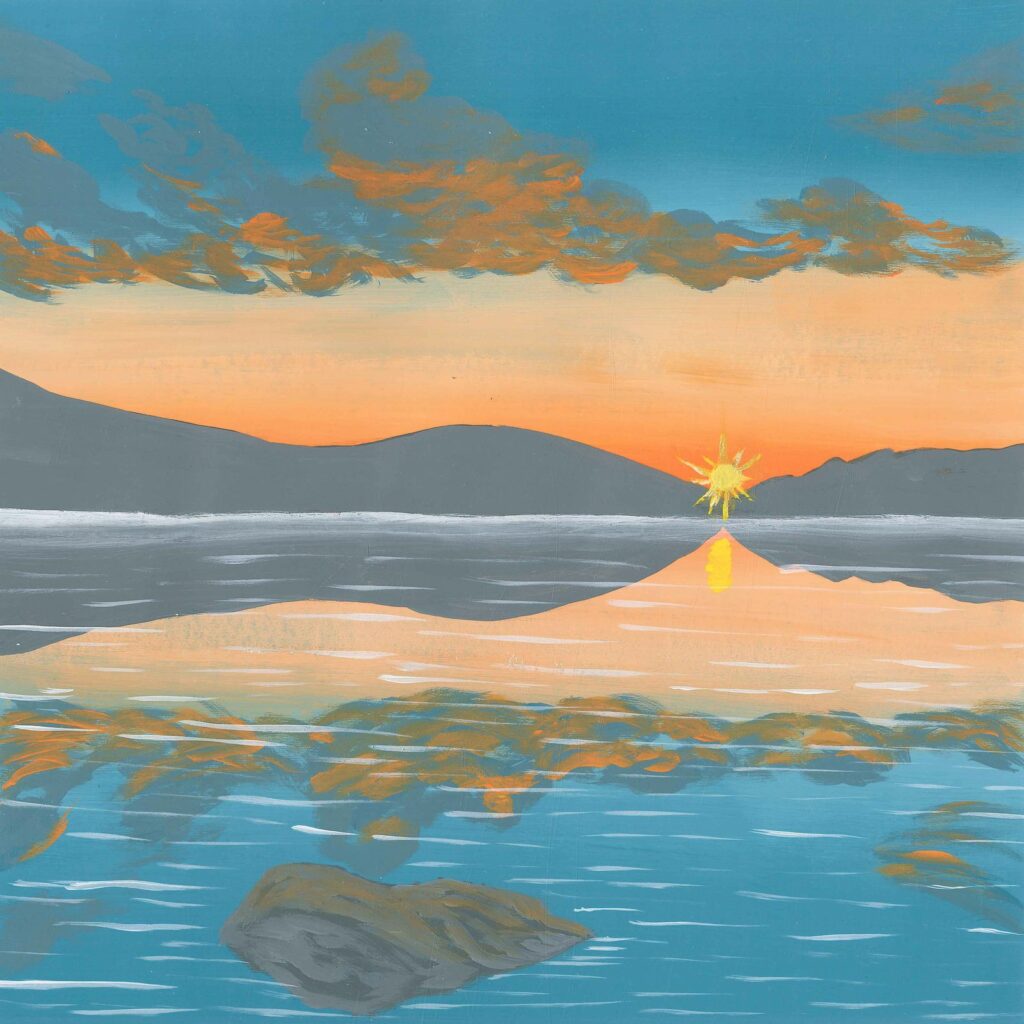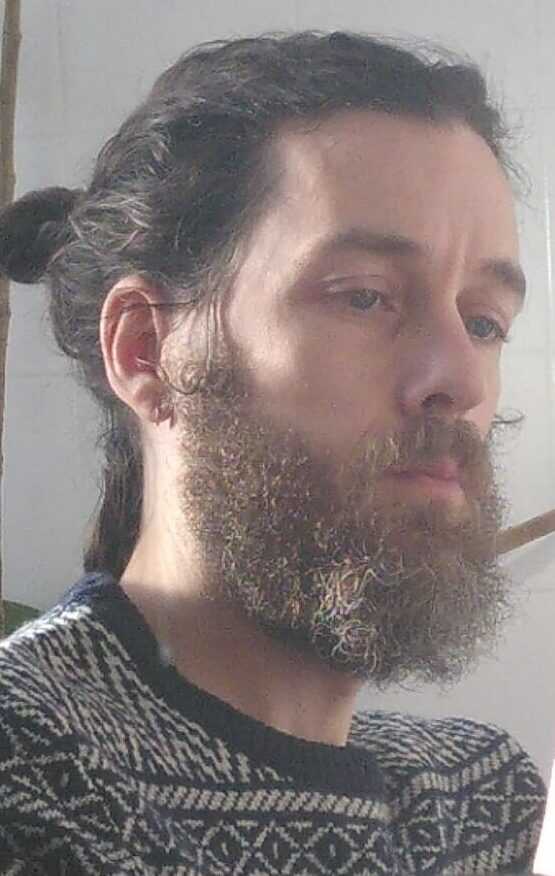
Flowers for bees, prairie sounds, and Aesop’s animals | Newsletter #41
Dia dhuit*, friend. 👋
What flowers can be planted to support bees and other pollinators? What does dawn on a Montana prairie sound like? Could deep-sea mining be a boon or a catastrophe for the Cook Islands? Was Aesop accurate in his assessments of animals’ characteristics? Is there a feminist alternative to ‘petromasculinity’?
Read on to find out.
*A standard Irish greeting.
Soundscape of the week
‘Tacumshin Sunrise: Big Surf & Winter Waterbirds’:
As recordist Seán Ronayne shares in his introduction for this soundscape, Ireland has undergone the greatest loss of wetland habitat of any country in the world: over 90% has been destroyed over the past 300 years. Peatlands – wetland with a deep, waterlogged soil layer made up of dead and decaying plant matter – are not only important ecosystems, but, despite covering just 3% of land on Earth, store 30% of global soil carbon – double the amount captured by the Earth’s forests. In addition, they protect against flooding and purify water.
Ireland’s peatlands have been mined (with peat used as a nutrient-rich potting soil or as a fuel in both domestic spaces and power stations), drained, planted, and used as agricultural land. Even today, Ireland continues to “fail […] to protect habitats” (though the sale of peat for burning was prohibited in 2022). Not only that, even in ‘protection areas’ such as Tacumshin, it remains legal to hunt birds such as those which can be heard in this melancholic and forlorn recording: golden plovers, snipes, lapwings, Eurasian teals, whooper and mute swans, and wigeon and shoveler ducks.
Articles and essays
🐝 After last week’s article on the importance of bees, today – as promised! – allow us to present ‘The Best Bee-Friendly Plants’. Here, we provide a selection of flowers, vegetables, trees and shrubs, herbs, and wildflowers which will flower during each season of the year.
All of these species are attractive to bees of various kinds, and/or other pollinators, in part due to plentiful or quickly replenished pollen and nectar. Even if you’re only able to grow a few specimens on your windowsill or outside your front door, you will find options here which will give pollinators vital substances throughout the year. Also, if you’re particularly partial to the color purple, you’re in luck, as this is the color which is most visible to bees. (No word on their feelings about the book.)
🌼 “Drive across the country. Long straight roads. Steep winding roads. Exhausted but excited to be here. […] Here in this prairie to listen to the dawn. Spring morning air is cool in May. I breathe in deeply and crawl out of the warm sleeping bag. Bright, flat, and yellow-green the prairie is fully awake. […] I think we need these moments of waking up from social existence to be alone, completely alone in a natural place. In a way this is the least alone we can be. In deep nature we are truly what we are.”
The latest installment of earth.fm’s Wind Is the Original Radio podcast, ‘Dawn on an American Prairie’ – an achingly lovely recording made by Nick McMahan in Montana, in the western United States – seems almost designed to imbue the listener with the sensation of laying back in a tranquil meadow…
Additional episodes of Wind Is the Original Radio are available on Apple and Google podcasts, Spotify, and Stitcher, with new installments featuring soundscape recordings released every Friday.

From the extended community
“Why stage industrial operations in a place we know almost nothing about? Could waste—the sediment and heavy metals that get vacuumed off the seabed, processed aboard large ships, and returned to the ocean—enter food chains, including those that connect the ocean to the people of the ocean? What happens when we disturb the seafloor, which locks carbon in its sediments?”
Further to the podcast episode about battery metals mentioned last week, ‘When Deep-Sea Miners Come A-courting’ addresses the Cook Islands’ “embrace [of] the burgeoning industry”, asking whether “the country [can] avoid the mistakes of resource extraction’s past”. Here, among “lush jungle, brilliant blue sky, trees full of flowers and fruit”, the government has “award[ed] three companies licenses to explore the [15-island] country’s territorial waters for polymetallic nodules”: lumps of materials crucial to tech devices, considered “golden apples” by the islands’ prime minister. But what could be the cost of plucking them?
📖 Zoologist and writer Jo Wimpenny is interviewed in ‘Animal Science vs. Morality: A Look at Aesop’s Fables’ on the subject of her book Aesop’s Animals: The Science behind the Fables, which “uses the latest scientific knowledge to evaluate whether some of humanity’s best-known animal characters are based in fact or fiction”.
Wimpenny is as happy to dispel pop-cultural notions about certain animals (that wolves are “bloodthirsty, deceptive menaces”, for example) as she is to affirm others – for example, the observable basis of Aesop’s The Crow and the Pitcher. However, she cautions against anthropomorphizing animals: “We need to stop viewing animals through the lens of our own mental processes […]. If we don’t do that then we will continue [to] propagate ‘humanness’ onto other animals, when in fact the reality might be far more interesting!”
💚 ‘Petromasculinity’ – an episode of Planet: Critical, a podcast which “provides a systems perspective on the climate crisis, mapping the energy, economic and political crises” – discusses the patriarchal understanding of energy for which the installment is named.
Political science professor Cara Daggett explains how the 19th century science of thermodynamics led to global warming, “inform[ed] today’s uses of energy […] [,] how sexism manifests in our energy systems, [and] how the concept of energy is weaponised by the oil industry”, while proposing alternative feminist approaches to power.
👉 Follow us on Twitter (“X”?) for a daily dose of nature-sound inspiration!
How to support earth.fm
All 600+ of our curated, immersive soundscapes are free to listen to, but if you want to help us grow new forests, please become a supporter!
There are three options available, and you will also be able to favorite recordings, create and share playlists, and many other perks – plus a big surprise is coming exclusively to members in the next few weeks!
Until next time, we wish you a regenerative week. 🙏
With best wishes,
Neil and Team earth.fm
Reach out on hello@earth.fm 👋
Forward this newsletter to anyone who would appreciate it ✉️
Join the conversation with the Earth.fm community 🤝
Submit a recording 🎤
Follow us on Twitter. Instagram and YouTube 💻
Listen to nature sounds in your browser by installing our free extension 🎧
Earth.fm is a completely free streaming service of 1000+ nature sounds from around the world, offering natural soundscapes and guided meditations for people who wish to listen to nature, relax, and become more connected. Launched in 2022, Earth.fm is a non-profit and a 1% for the Planet Environmental Partner.
Check out our recordings of nature ambience from sound recordists and artists spanning the globe, our thematic playlists of immersive soundscapes and our Wind Is the Original Radio podcast.
You can join the Earth.fm family by signing up for our newsletter of weekly inspiration for your precious ears, or become a member to enjoy the extra Earth.fm features and goodies and support us on our mission.
Subscription fees contribute to growing our library of authentic nature sounds, research into topics like noise pollution and the connection between nature and mental wellbeing, as well as funding grants that support emerging nature sound recordists from underprivileged communities.

